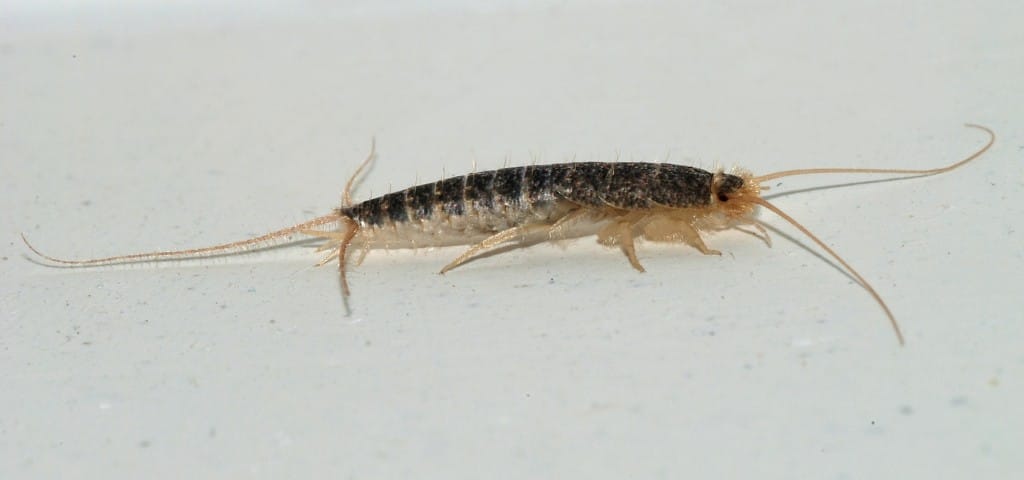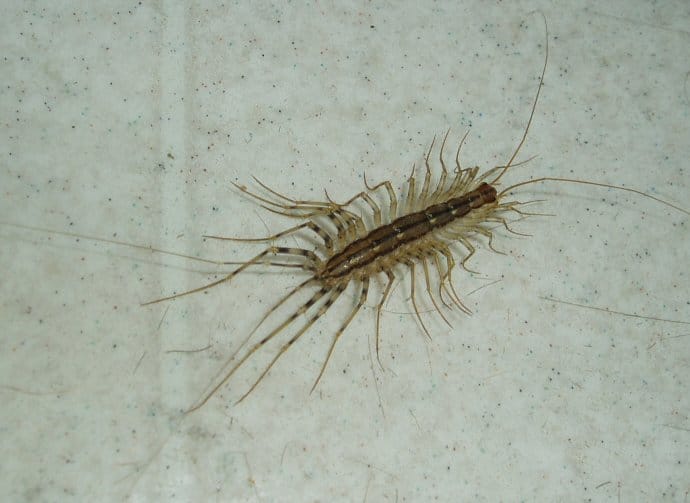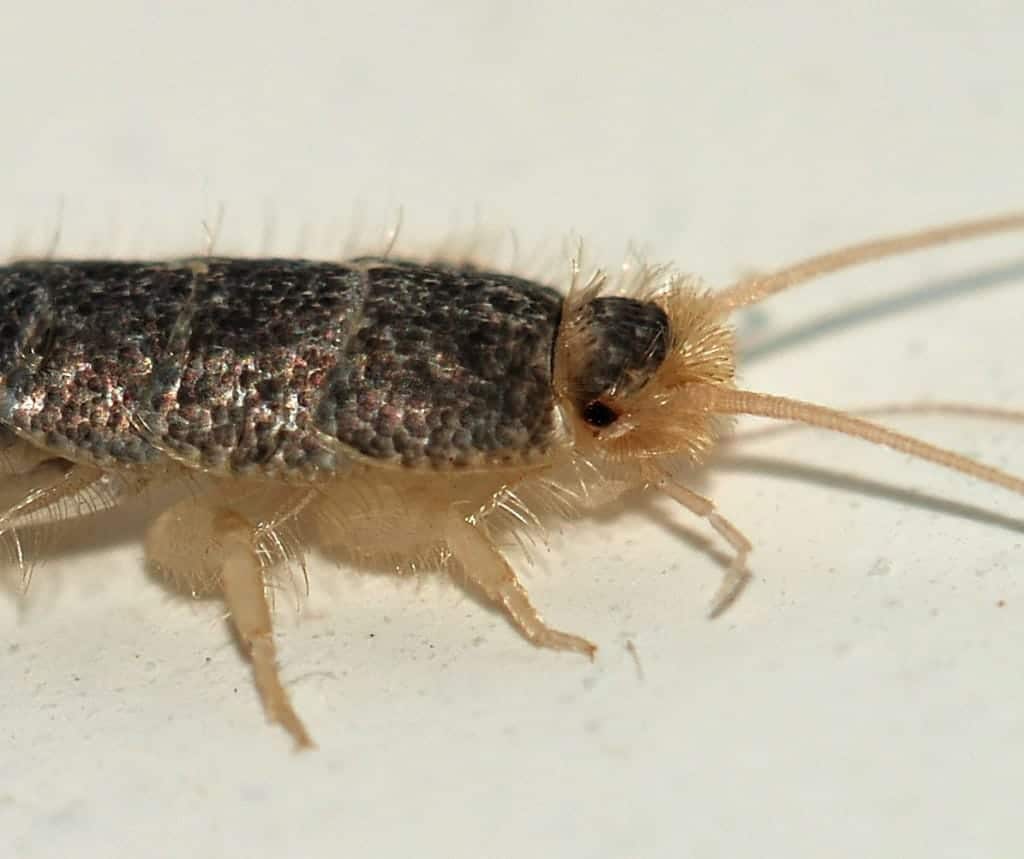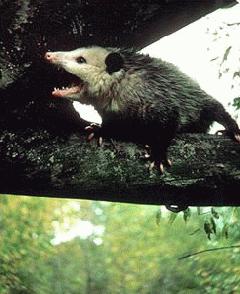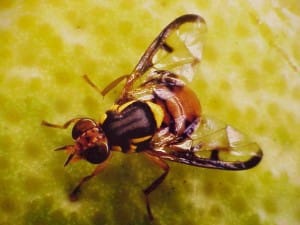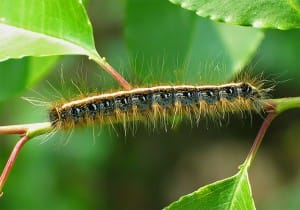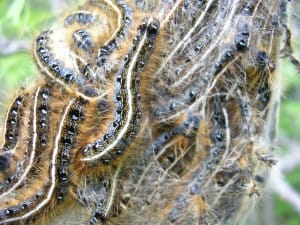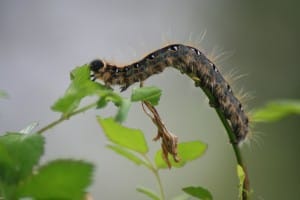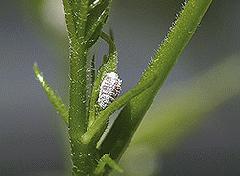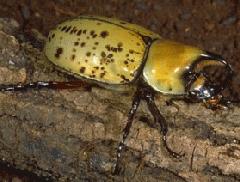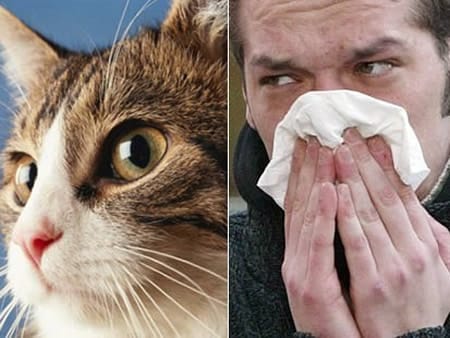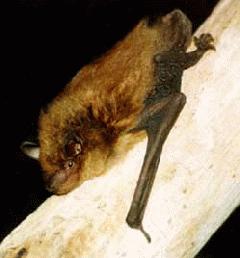Source(s): Jim Howell, Ph.D., Entomologist, The University of Georgia
Silverfish. Sounds like something you’d buy in the frozen foods section at a health food store. But in reality, these little insect pests can become a significant nuisance for homeowners, if populations get out of hand.
As their name implies, silverfish are usually silver to gray in color, and their bodies are flat and wingless. The color comes from the tiny silver scales that give the body a metallic sheen. Their bodies are 1/2 to 3/4 inch long and taper carrot-like from head to tail. Two long antennae extend from the head and usually wrap around the body, while from the tail three long, slender “bristles” extend to the rear.
Firebrats are similar insects but lack the silvery sheen. They are brown to gray, with dark spots that give a mottled appearance.
Biology
Development time for silverfish from egg to adult varies from three months to three years. Firebrats usually take about four months. Adults may live three more years and will molt throughout their lives, sometimes more than 30 times a year.
Depending on the species, adults lay five to fifty eggs in clutches, in cracks and crevices near food sources. The nymphs look almost identical to adults except they are smaller and white. Because their populations increase very slowly, large numbers indicate there is a longtime infestation.
Silverfish are found almost anywhere in the house but favor moist, warm locations, especially around sinks and other plumbing, and undisturbed storage areas where the humidity is high. They are frequently found in sinks or bathtubs because they fall in while seeking moisture and cannot climb out. Homeowners often see them when they move storage boxes or open a cabinet door.
Firebrats prefer areas of high temperature (90 degrees and above) and high humidity. They are more common in attics and around ovens, furnances, water heaters and hot water pipes. Both silverfish and firebrats are most active at night, and move swiftly, often stopping for short intervals before scurrying on. They move with a wriggling motion like that of swimming fish.
Both silverfish and firebrats are often initially brought into the home in paper, books, food, starched clothing or furniture.
Damage
These insects are considered pests primarily because they are a nuisance. They feed on a wide variety of materials, including bookbindings, starch in clothing, linen, dried organic ornaments, wallpaper, paste and glue. Damage is significant, however, only in large infestations over long periods.
Control
Sanitation is a major step in controlling these pests. When storing items, especially fabrics, be sure they are clean and starch-free. Store them in tight-fitting containers and reduce the moisture as much as posibble. Because these pests often reside in wall cavities, keep storage boxes a few inches away from walls and raised off the floor.
Chemical Control
If sanitation alone is not sufficient, various pesticides may be useful in eliminating or reducing these pests. Sprays for ants and roaches in pump sprayers or aerosol cans are usually effective. Recommended pesticides include cyfluthrin, cypermethrin, esfenvalerate and permethrin. Also, boric acid can be puffed into cracks and crevices and loosely around storage areas. It has the advantage of being very low in toxicity and very long-lasting if applied in dry voids where it will remain undisturbed.
Control may not be necessary if populations are low and limited to small areas and if no damage is noticed.
Center Publication Number: 166
